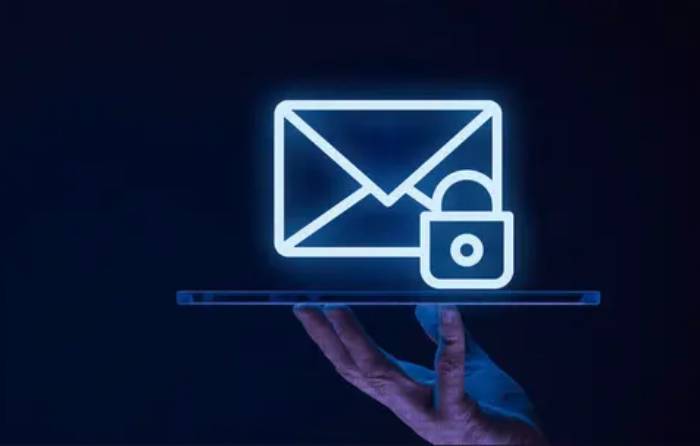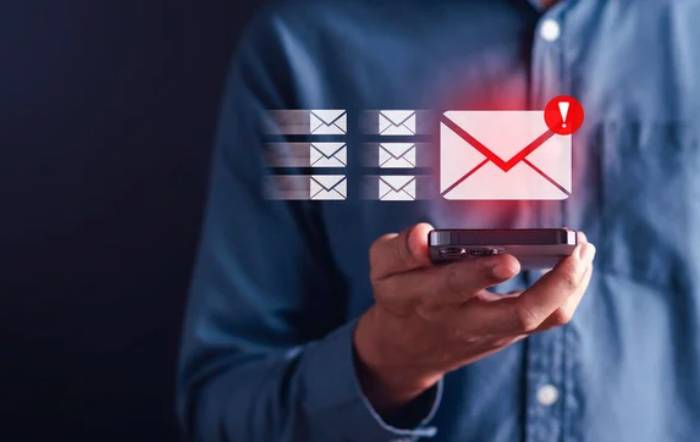- SPF confirms that an email originates from a legitimate mail server.
- DKIM guarantees the integrity of the email during transmission through a cryptographic signature.
- DMARC establishes authentication protocols and generates reports on any unauthorized email actions.
- When a sender emails your domain (e.g., someone@example.com), the recipient's email server verifies the sender's identity by checking SPF and DKIM records.
- DMARC provides guidelines for handling failures in these checks—whether to accept, quarantine, or reject the email—and also generates reports for the domain owner regarding authentication outcomes.
- Prevents Phishing and Spoofing: Prevents the delivery of unauthorized emails that may pose as representatives of your domain.
- Protects Your Brand Reputation: Safeguards your domain from being exploited by cybercriminals for illicit purposes.
- Improves Email Deliverability: Guarantees that your authentic emails are recognized and trusted by major email service providers such as Gmail, Outlook, and Yahoo.
- Provides Visibility Through Reports: Assists in tracking unapproved email activities and enhancing authentication configurations.
- Reduces Spam and Fraud: Improves email security by providing guidance to servers on the appropriate management of potentially harmful emails. Visit this link to learn more.
- Ensures Correct Syntax: Mitigates issues that may compromise email authentication integrity.
- Automates Policy Selection: Assists in determining the appropriate level of enforcement, whether it be none, quarantine, or rejection.
- Includes Reporting Setup: Automatically incorporates reporting features to enhance visibility regarding failures in email authentication.
- Saves Time and Effort: Efficiently creates a valid DMARC record without the need for manual coding.
- Helps Avoid Misconfiguration: Guarantees proper alignment of SPF and DKIM to enhance security measures effectively.
- Step 1: Choose a DMARC Generator: Numerous free online DMARC generators are available to create valid DMARC records, including:
- MxToolbox DMARC Generator
- EasyDMARC DMARC Record Generator
- PowerDMARC DMARC Generator
- DMARC Analyzer Generator
- Step 2: Enter Your Domain Name: Visit the DMARC generator site and input your domain name (e.g., yourdomain.com) to create a customized DMARC record for your email configuration.
- Step 3: Choose a DMARC Policy: You must select a policy mode for your DMARC record. DMARC Policy Options:
- p=none (Monitor Mode – No Enforcement)
- Permits all emails, including unauthorized ones, while generating monitoring reports.
- Suitable for pre-implementation testing.
- p=quarantine (Medium Enforcement)
- Moves unauthenticated emails to spam/junk folders.
- Recommended for gradual enforcement.
- p=reject (Strict Enforcement – Maximum Security)
- Blocks unauthorized emails entirely.
- Best for fully secured domains after testing.
Best Practice: Begin with p=none for 30-60 days, assess reports, and then progressively transition to p=quarantine or p=reject.
- Step 4: Enable DMARC Reporting: DMARC reports enable you to track the senders of emails from your domain. Many DMARC generators provide options to customize:
- Aggregate Reports (rua=): Summarized reports of email authentication results.
- Forensic Reports (ruf=): Detailed reports of failed authentication attempts.
Example DMARC record with reporting:
v=DMARC1; p=quarantine; rua=mailto:dmarc-reports@yourdomain.com; ruf=mailto:dmarc-alerts@yourdomain.com; fo=1;
DMARC Generator: Easily Create And Implement
Email Authentication For Security
Email Authentication For Security
Email security is a critical issue for both businesses and individuals. Threats like phishing, email spoofing, and fraudulent messages can harm your reputation, jeopardize sensitive information, and result in financial losses. To mitigate these risks, Domain-based Message Authentication, Reporting, and Conformance (DMARC) ensures that only authorized senders can use your domain.
A DMARC record is a DNS TXT entry that collaborates with SPF (Sender Policy Framework) and DKIM (DomainKeys Identified Mail) to verify email authenticity. However, creating a DMARC record manually can be complex. A DMARC generator simplifies this task by producing a correctly formatted record that boosts your email security.
This guide will cover the functionality and significance of DMARC, as well as how to utilize a DMARC generator to establish a robust DMARC policy for your domain.
What Is DMARC and How Does It Work?
DMARC (Domain-based Message Authentication, Reporting, and Conformance) is an email authentication standard designed to safeguard against phishing and spoofing by allowing only verified sources to send emails for your domain.
DMARC works with SPF and DKIM to authenticate emails:
How DMARC Works in Action

Why Is DMARC Important for Email Security?
Why Use a DMARC Generator?
The manual creation of a DMARC record necessitates an accurate understanding of syntax and DNS settings. Errors in this process can result in challenges related to email delivery or expose security weaknesses. Utilizing a DMARC generator streamlines this task by automatically producing a correctly formatted DMARC record.
Benefits of a DMARC Generator

Step-by-Step Guide to Using a DMARC Generator
To create and implement a DMARC record, utilize a DMARC generator by following these steps.